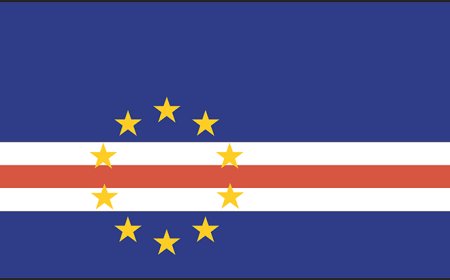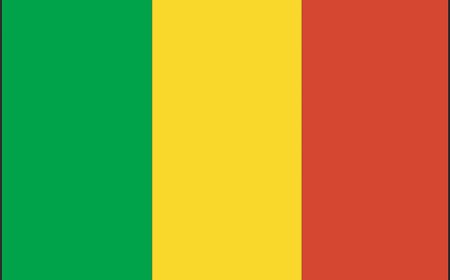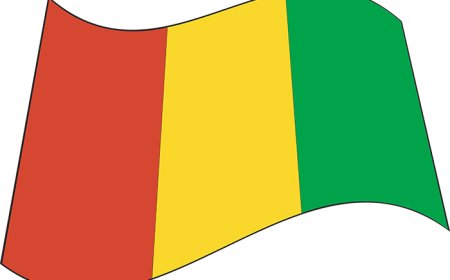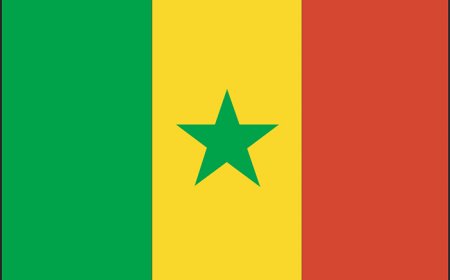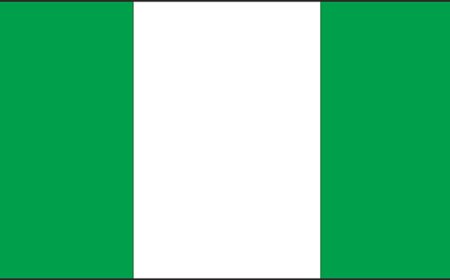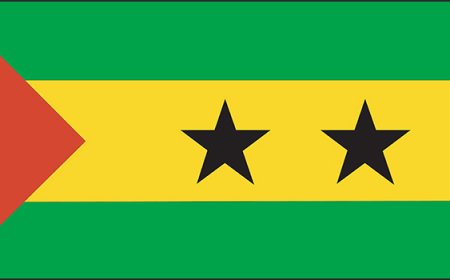Mauritania for Students: Geography, History, and Culture of a West African Desert Nation
Explore Mauritania’s Sahara landscapes, ancient cities, and unique cultural blend in this educational article for students. Includes vocabulary, quiz, and fun facts
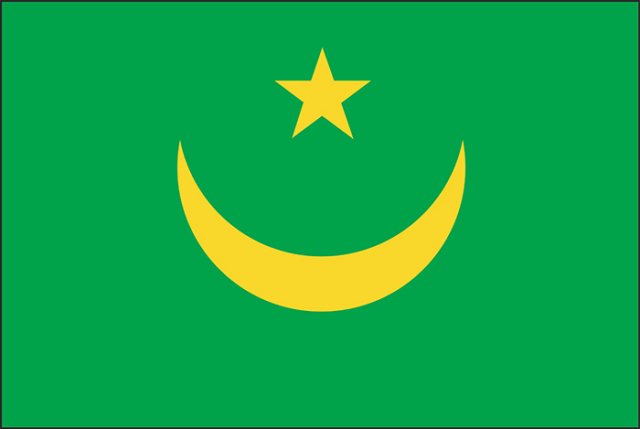
🌍 Introduction: The Desert Country by the Sea
Mauritania is a country located in northwestern Africa, where the Sahara Desert stretches all the way to the Atlantic Ocean. It is a place of vast sand dunes, ancient caravan cities, and strong traditions. Although it is often considered part of North Africa, Mauritania is also connected to West Africa in terms of culture and language.
For thousands of years, people have lived in Mauritania’s deserts, traveling in camel caravans and trading salt, gold, and goods. Today, Mauritania is a modern nation with a growing economy, a strong connection to Islamic culture, and deep roots in African heritage. Despite challenges like desertification and poverty, the country’s history and landscape continue to impress and inspire.
🗺️ Geography and Environment
Mauritania is a large country, covering about 1.03 million square kilometers (397,000 square miles), making it the 11th-largest country in Africa. It shares borders with Western Sahara, Algeria, Mali, and Senegal, and it has a long western coastline along the Atlantic Ocean.
Most of Mauritania is made up of the Sahara Desert, with towering sand dunes, rocky plateaus, and dry valleys. The landscape is dry and mostly flat, with few rivers or lakes. The Senegal River, which forms part of the southern border, is one of the few permanent sources of water.
The climate is hot and arid, especially in the central and northern regions. Temperatures in the desert can reach over 45°C (113°F). In the south, the Sahel—a semi-dry region between desert and savanna—has a little more rain and is better for farming and grazing animals.
Because of the harsh desert environment, most people in Mauritania live in the southern and coastal regions, where water and fertile land are more available.
🏛️ Government, Language, and Population
Mauritania is a republic with an elected president and parliament. The capital city is Nouakchott, located near the Atlantic coast. Nouakchott is the largest city in the country and the center of government, business, and education.
Mauritania has a population of about 4.9 million people. It is one of the least densely populated countries in the world because of the vast desert landscape. The population is made up of different ethnic groups, including Moors (of Arab-Berber descent), Black African ethnic groups, and mixed communities.
The official language is Arabic, and Islam is the state religion and a central part of daily life. Many people also speak Hassaniya Arabic, Pulaar, Soninke, or Wolof, reflecting the country’s African heritage. French is also used in education and government due to the country’s colonial past.
The currency is the Mauritanian ouguiya (MRU).
🎭 Culture and Daily Life
Mauritanian culture is shaped by both Arab-Islamic traditions and West African customs. Family and religion are very important, and most people practice Islam and follow cultural practices related to prayer, dress, and food.
In cities, people live in modern homes and wear a mix of traditional and Western clothing. In rural areas and nomadic communities, people often live in tents or mud-brick homes and wear flowing robes known as daraa (for men) and melfha (for women).
Food is usually simple and filling, often made from rice, millet, lamb, goat, or fish, served with spicy sauces. Thieboudienne, a dish of fish and rice, is considered the national dish. Mint tea is a symbol of hospitality and is served daily, often in three rounds, each one stronger than the last.
Although most Mauritanians are now settled, the country has strong nomadic traditions, and many families have roots in desert herding and trade. Poetry and oral storytelling are important forms of art, especially among older generations.
📜 History: From Caravan Routes to Nationhood
Mauritania has a rich and ancient history. Thousands of years ago, the Sahara was a greener land with lakes and grasslands where early humans hunted and farmed. Later, as the desert expanded, people began living near oases and developed trade routes across the desert.
During the medieval period, Mauritania was part of powerful West African empires like the Ghana Empire, Mali Empire, and Songhai Empire. Arab traders brought Islam to the region, and over time, the local Berber and African populations became Muslim and adopted Arabic culture and writing.
In the 1800s, France colonized Mauritania, making it part of French West Africa. The country gained independence in 1960, but faced many challenges, including drought, poverty, and disputes over the Western Sahara region.
Mauritania became the last country in the world to officially abolish slavery, although the issue still exists in parts of society. Today, the government is working to improve education, human rights, and access to resources.
💰 Economy and Resources
Mauritania’s economy is based on natural resources, fishing, and livestock. The country exports iron ore, gold, and copper, which are mined in the desert regions. The fishing industry is also important, thanks to the rich Atlantic waters along the coast.
Most Mauritanians in rural areas work in farming and herding, raising goats, sheep, and camels. In the southern Sahel region, crops like sorghum, millet, and dates are grown where water is available. However, drought and climate change make agriculture very difficult.
The government is investing in roads, schools, and energy projects to improve daily life. Still, many people live in poverty, and access to education and health care is limited in remote areas.
🐪 Wildlife and Natural Beauty
Mauritania’s dry climate supports only a few types of wildlife, but some unique animals live in the desert and Sahel regions. These include camels, desert foxes, monitor lizards, scorpions, and gazelles. Birds such as flamingos, pelicans, and storks visit the wetlands during migration.
The Banc d'Arguin National Park is a protected coastal area that is a UNESCO World Heritage Site. It is one of the most important bird sanctuaries in the world and a breeding ground for fish, turtles, and dolphins. It is also home to Imraguen fishermen, who use traditional methods passed down for generations.
Mauritania's natural beauty lies in its quiet desert landscapes, ancient stone cities, and untouched coastlines.
📚 Vocabulary List
Sahel A semi-dry region between the Sahara and African savannas
Ouguiya The currency used in Mauritania
Caravan A group of people and animals traveling together across the desert
Nomadic Moving from place to place without a permanent home
Islam The religion practiced by most Mauritanians
Mint tea A sweet, strong tea popular in Mauritania
Oasis A green spot in the desert where water is found
Thieboudienne A fish and rice dish known as Mauritania’s national dish
Desertification The process of land becoming desert due to drought or overuse
Abolish To end or stop something officially, such as slavery
🧒 Kid-Friendly Summary
Mauritania is a big country in northwest Africa where the desert meets the sea. Most of the land is part of the Sahara, but people still live there by using water from oases or living near the ocean. Many people are farmers, herders, or fishermen. Mauritania is known for its strong Islamic culture, tasty fish dishes, and sweet mint tea. The country has ancient trade routes and desert cities, and today it is working to improve life for its people while keeping its traditions alive.
🎯 Quiz: What Do You Know About Mauritania?
1. What is the capital of Mauritania?
a) Bamako
b) Rabat
c) Nouakchott
d) Dakar
2. Which desert covers much of Mauritania?
a) Gobi
b) Sahara
c) Kalahari
d) Mojave
3. What is the name of Mauritania’s national dish made with fish and rice?
a) Couscous
b) Thieboudienne
c) Bazeen
d) Ful medames
4. What natural resource is important to Mauritania’s economy?
a) Oil
b) Diamonds
c) Iron ore
d) Coffee
5. What major religion do most people in Mauritania follow?
a) Christianity
b) Hinduism
c) Buddhism
d) Islam


















































